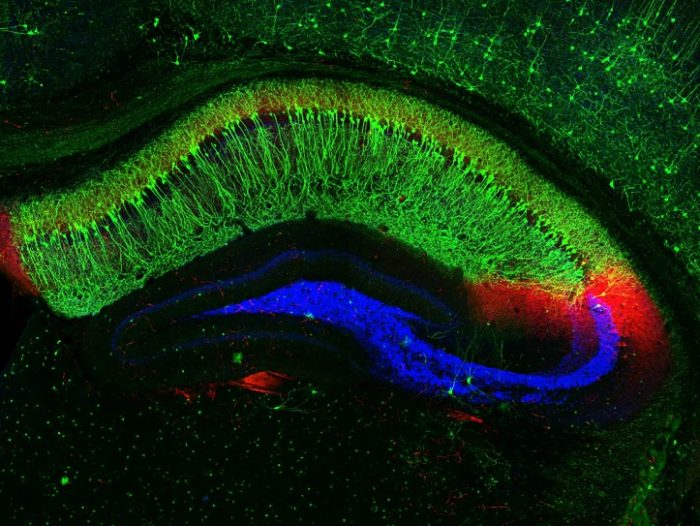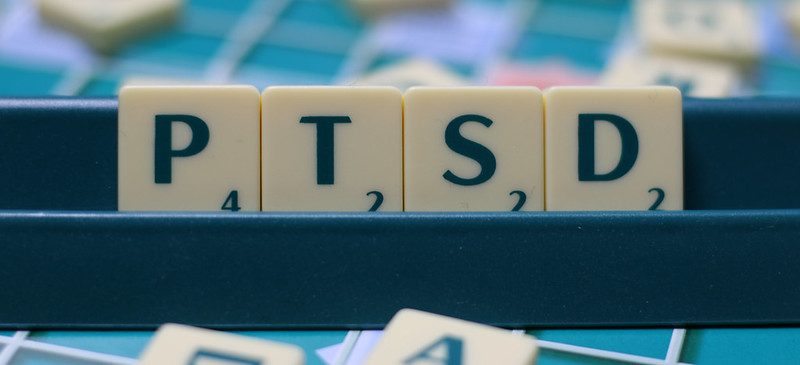Post- traumatic stress disorder (PTSD) is a mental illness that begins with a traumatic experience and the inability to cope with the experience. This leads to changes in behavior such as negative thoughts or feelings, avoidance, aggression, and being easily startled. Often individuals with PTSD have intrusive memories of the events that manifest themselves as nightmares, flashbacks, or extreme reactions to certain stimuli.
Little is known about what differentiates an individual who will develop PTSD from one who will not under similar circumstances. An area of research that is being explored is stress response and how memories are made based on the stressor.
The region of the brain associated with stress response is the hippocampus which also is influential in consolidating memories. The function of memory consolidation is heightened by glucocorticoids which are stress-induced hormones. Therefore, glucocorticoids are required for consolidation of memories with a stressor. To understand the pathway of how these memories are coupled with the stressor, researchers did a series of experiments, the results or summaries of which are below.
- Forced swim test: rats placed in a Morris water maze desperately struggle for a time and then become immobile to preserve energy. When placed in maze at a later date, rats become immobile much more quickly. This is an adaptive response.
- Pharmacological testing: Glucocorticoid receptors in the brain were inhibited to determine which specific receptor leads to the adaptive response. Certain areas of the brain were targeted with the inhibitor to determine which region was responsible for the consolidation of memories for the adaptive response. The glucocorticoid receptors in the dentate gyrus (region of hippocampus) did not elicit the adaptive response of quickly immobilizing when inhibited. Therefore, glucocorticoid receptors in the dentate gyrus are involved in stress response.

- Dual Histone: an altered histone (protein that wraps up DNA) was found to be in high quantities in the dentate gyrus neurons. These histones increase the expression of the genes, c-Fos (long term changes in brain for adaptive behaviors) and Egr-1 (important for memory formation and learning). The pathway from glucocorticoid receptors to the marked histone was discovered as well.
- Role of GABA: GABA modulates the effects of stress by reducing anxiety. Exercise increases GABA which reduces the stress response in rats.
- SMA and the Amygdala: The supra-mammillary area (SMA) stimulates the dentate gyrus via glutamate which is an excitatory neurotransmitter and may add to stress response by inhibiting GABAergic neurons. Processes in the amygdala affect the expression of c-Fos and Egr-1, though the connection isn’t completely understood. In summary, the SMA and amygdala are important in connecting the emotion of anxiety with the environmental information that comes through the dentate gyrus.
What do these findings mean for PTSD? Currently there are no pharmaceuticals that specifically treat PTSD. The primary treatments are different types of psychotherapy with medications commonly prescribed for anxiety. Researching the biochemical pathways of the stress response and strong memory formation processes could eventually advance the treatment of PTSD specifically. However, there is still much research to be done as the mechanism these pathways are incredibly complex and interconnected making it difficult to study. The intricate details must be worked out for each pathway individually but also in the context of the system as a whole.
